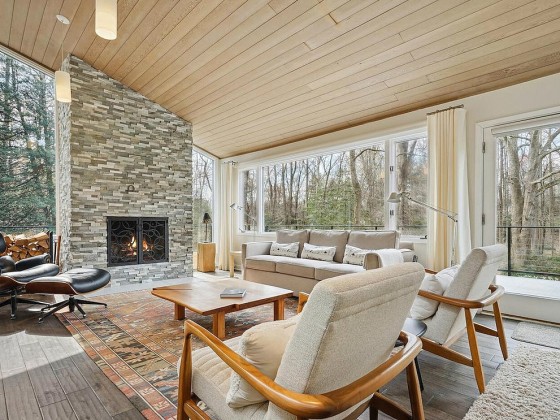 Hempcrete, Building Material of the Future?
Hempcrete, Building Material of the Future?
✉️ Want to forward this article? Click here.
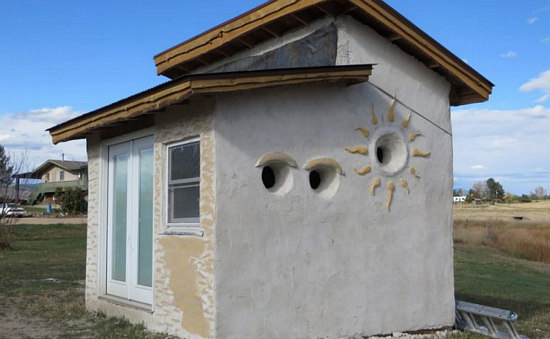
A Tiny Hemp House
As various states around the country reconsider their approach to the controversial cannabis plant, its non-psychoactive variety is also gaining recognition for its many uses. Hemp, which typically has less than 0.3 percent THC, is somewhat of a super-crop, with uses from nutrition to clothing to construction materials.
One of the companies showing the practical applications of hemp as a construction material is Colorado’s Tiny Hemp Houses. As The Cannabist reports, Tiny Hemp Houses is a consulting company that assists clients in assembling their own tiny houses using “hempcrete” as a concrete substitute.
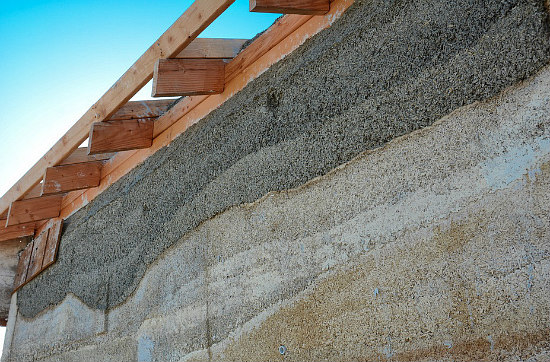
Hempcrete
Hempcrete is composed of the hemp plant’s woody inner core combined with water and either lime, powdered limestone or chalk. It can then be molded into blocks or poured into frames similarly to traditional concrete; however, it is more flexible and doubles as an insulator.
story continues below
loading...story continues above
“We seal up homes so tightly nowadays, and then we create moisture from our breath and our cooking and things like that,” Tiny Hemp Houses founder John Patterson explains. “That water sits on the surface of the wall and that’s where the molds and mildews grow. With a hemp-lime system, the house absorbs some of that moisture so it’s less likely you’ll have mold and mildew with the proper [hempcrete] recipe.”
The National Hemp Association touts hempcrete as a durable construction material that is resistant to fire and pests and doesn’t emit toxic fumes. However, the plant’s association with marijuana more generally makes it far less accessible than traditional construction materials.
In 2014, Congress passed an omnibus agricultural bill that legalized hemp production in any state that has passed its own laws permitting its cultivation. Currently, commercial hemp production is legal in fewer states than is medical marijuana.
The hemp industry points out that because of the lack of large-scale domestic hemp production, the US imports more than $500 million worth of hemp annually and most hemp products in the country are made from imported hemp. Tiny Hemp Houses is no exception; Patterson imports all of his hemp from Europe, packed as loose particles in 30- to 33-pound bags.
With his tiny homes averaging about 120-400 square feet, roughly two tons, or 125 bags, of imported hemp goes into constructing a single tiny house. For a 1,500 square-foot house, almost ten times as many bags of hemp would be needed.
See other articles related to: construction, hempcrete
This article originally published at http://dc.urbanturf.production.logicbrush.com/articles/blog/hempcrete_building_material_of_the_future/12570.
Most Popular... This Week • Last 30 Days • Ever

Buffett called the five-bedroom listing home when his father, Howard Buffett, was ser... read »
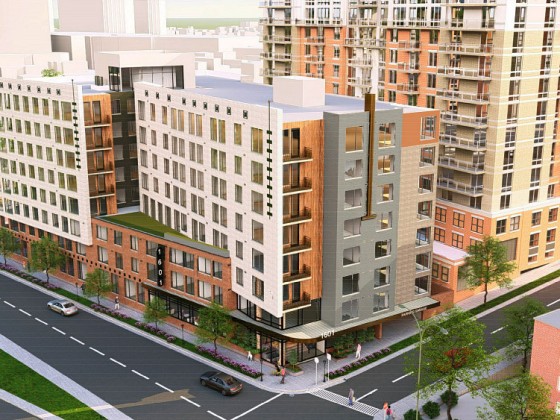
Monument Realty has filed updated plans with Arlington County to redevelop the former... read »

What Republican control could mean for DC; the Post wants people back in the office; ... read »
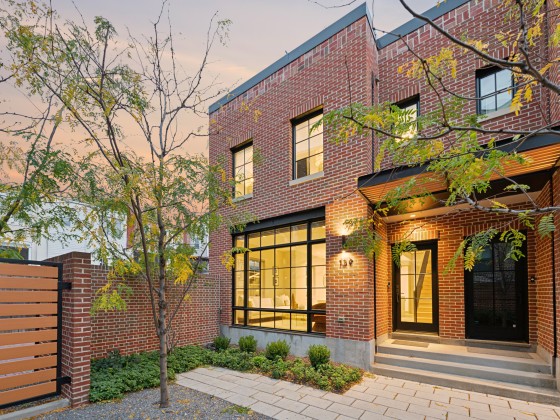
A single home has come up for sale at Beale Square: an acclaimed, carriage-style town... read »

The sale of the 9,100 square-foot residence in Chevy Chase closed in October.... read »
DC Real Estate Guides
Short guides to navigating the DC-area real estate market
We've collected all our helpful guides for buying, selling and renting in and around Washington, DC in one place. Start browsing below!
First-Timer Primers
Intro guides for first-time home buyers
Unique Spaces
Awesome and unusual real estate from across the DC Metro










